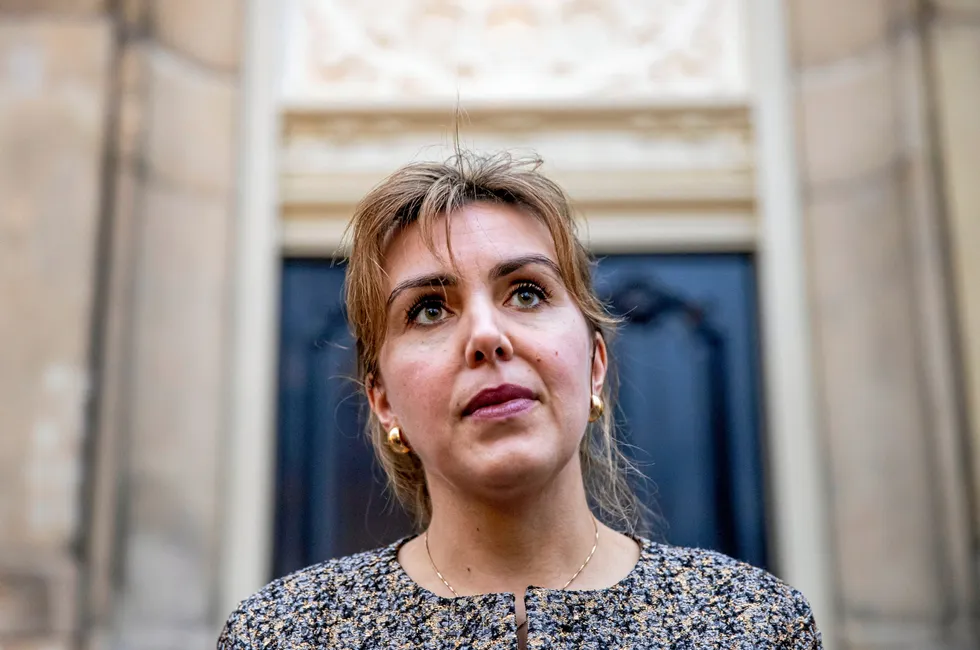‘Chicken and egg situation’ | Dutch government will subsidise hydrogen filling stations and trucks — together or not at all
€22m programme aims to break investment deadlock by supporting H2 filling station proposals that also involve H2 trucks

€22m programme aims to break investment deadlock by supporting H2 filling station proposals that also involve H2 trucks
